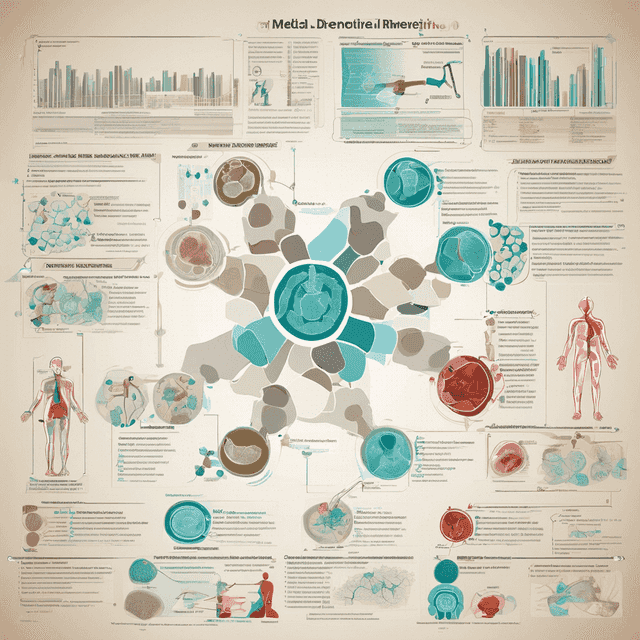
Abstract
CD117 is systematically used in routine acute leukemia panel. The aim of this study is to check the predictive prognostic value of this marler in AML.
We retrospectively analyzed the outcome data of adult patients with AML over a period of 14 years. The expression of CD117 (c-kit) was analyzed by flow cytometry in all patients.
Among a total of 86 evaluable patients, 50 patients were c-kit (+). CD117 expression was not predictive of complete response rate (p =0.7), but the follow-up data showed that, the CD117 expression is associated with a significantly higher overall survival (OS) and progression-free survival rates (p=0.002 and p=0.004 respectively)
These findings were discussed according to those found in the literature.
Introduction
CD117 is a 145 kD protein tyrosine kinase also known as c-Kit Receptor for stem cell factor or c-Kit ligand (1).
CD117 binding of c-Kit ligand induces phosphorylation of CD117 and stimulates proliferation and survival of primitive hematopoietic stem cells as well as erythroid-committed and granulo-monocytic committed cells (1).
CD117 is expressed on pluripotent hematopoietic progenitor cells (approximately 1-4%
bone marrowcells), mast cells, and acute myeloid leukemic cells (AML). (2) For this reason it is systematically used in routine acute leukemia panel.
The aim of this study is to check the predictive prognostic value of this marler in AML.
Material and methods
We retrospectively analyzed the data of adult patients with AML recruited at EHU-Oran over a period of 14 years (from 2009 to 2022).
The diagnosis and classification of AML were established by cytomorphology, cytochemistry, flow cytometry and cytogenetics according to the WHO scheme (3, 4). The expression of CD117 (c-kit) was analyzed by flow cytometry.
Once the diagnosis of AML was made, all the patients were treated according to the so-called “3+7” protocol, ie: Doxotubicyne for 3 days and Cytarabine for 7 days.
Patients were divided into two groups: G1=c-kit (+) and G2=c-kit (-).
The survival curves were established according to the Kaplan Meier method for each group (5).
Results
Among a total of 86 evaluable patients, 50 patients were c-kit (+) (G1) and 36 patients c-kit (-) (G2).
The complete remission (CR) rate of G1=c-kit (+) was 71% and 65% in G2=c-kit (-), which means that c-kit expression is not predictive of complete response rate (p =0.7).
The duration of post-induction chemotherapy aplasia was not impacted by c-kit expression with a median of 22 days (15-48) in G2=c-kit(+) and 23 days (13-40) in G2=c-kit(-).
The follow-up data showed that, the CD117 expression is associated with a significantly higher overall survival (OS) rate (p=0.002) with a median of 16 months in G1=c-kit(+) and 9 months in G2=c-kit ( -) (figure 1). Similarly, CD117 impacts favorably
progression–free survival (PFS) (p=0.004) with a median of 13 months in G1=c-kit (+) and only 6 months in G2=c-kit (-) (figure 2). Among the 86 patients, 28 were transplanted (allogenic hematopoietic stem cell transplant (SCT) (n=27) and autologous SCT (n=1)). 43% of them were c-kit(-)(G2) and 57% c-kit(+) (G1).
The OS rate was significantly higher in G1=c-kit(+) (p=0.03) with medians of 19 and 13 months for c-kit(+) and c-kit(-) respectively (figure 3). On the other hand, in terms of PFS, no significant difference was found (p=0.06) with medians of 10 and 6 months for c-kit(+) and c-kit(-) respectively (figure 4).
Discussion
CD117 is a type III tyrosine kinase cytokine receptor expressed on the surface of certain cells that binds to stem cell factor (SCF). This receptor, whose gene is located on chromosome 4q12,composed of twenty exons. It has a kinase 1 domain, the site of ATP binding and a kinase 2 domain, the site of phosphotransferase activity (6).
After binding with SCF, it forms an intrinsic protein kinase activating dimer, which by autophosphorylation of the intracellular domain
activates signal transduction molecules. The latter is then recognized by adapter proteins which activate the PI3 kinase, JAK/STAT, Src pathways and the Ras-Raf-Map kinase pathway. Signal transduction by CD117 plays a role in cell survival, proliferation and differentiation. C-kit is found in monomeric form at the level of the membrane when its ligand is absent (7).
The c-kit/SCF complex is essential for hematopoiesis, gametogenesis and melanogenesis (2). Therefore it is involved in the diagnosis and prognosis of many cancers (including: GIST(gastrointestinal stromal tumors) mastocytosis and especially what interests us here acute myeloblastic leukemia) (7).
Mutations in the c-kit gene can be detected either by analysis of DNA, RNA or protein within the tumor by immunohistochemistry or by flow cytometry (7).
Cascavilla et al. (8) studied the CD117 antigen expression (clone 95C3) was determined by flow cytometry in a series of 135 patients with acute leukemia at diagnosis. This antigen was found to be
positif in 74% of AML without significant differences of positivity between AML after MDS or BC-CML and de novo AML. While in our series CD117 was positive in 58% (50 out of 86 patients), maybe this was due to the higher percentage of AML/M5b in our series.
Many studies published in the 1990’s, such as German cooperative study (9) and the Children’s Cancer Group [10] showed that the expression of CD117 in AML lacked prognostic significance.
Lately in 2019, Tarlock et al.[11] found that overall survival (OS) was associated with higher CD117 expression (p<0.001) and Similarly, improved disease free survival (PFS) was associated with higher CD117 expression (p<0.001), however according to their analysis, CD117 surface expression was not associated with CR, with similar CR rates across the quartiles (p=0.726). Our findings were in accordance with those published these researches (11).
To sum, we can say that the CD117 expression have a significant prognostic value in terms of OS and PFS but it is not associated with CR rate.
References
myeloblastic leukemia (AML), including cytogenetically good-risk AML, and lacks prognostic significance. Leuk Lymphoma. 1999;341:85-94.


